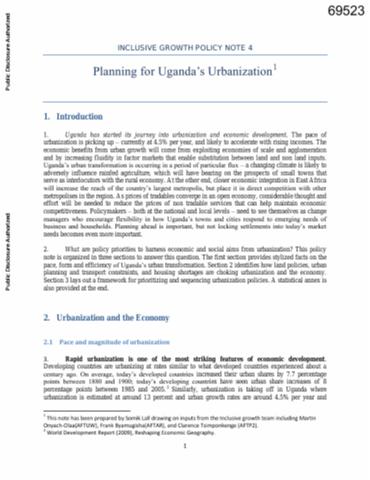ecological footprint housing component: A geographic information system analysis
The ecological footprint (EF) and its unit, the global hectare, share a reputation of effectively communicating the connection between local awareness and global impact. One use of a Geographic Information System (GIS) in urban planning is decision support, while the potential of the ecological footprint in GIS has not developed significantly. The smaller the spatial unit in GIS, the more accurate and flexible are the available GIS analyses.







